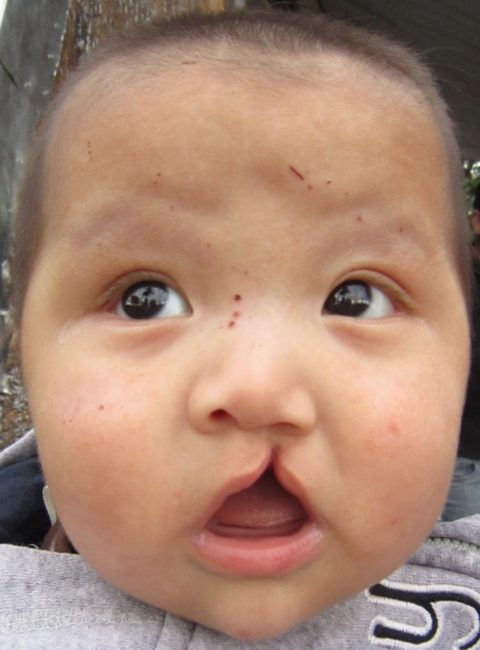Cleft lip and palate are conditions that affect children all throughout the globe. Consider a recent article for KUSI News titled “Health Report: Cleft palates, cleft lips require life-changing surgeries.”
The author of the article writes, “They are called orofacial clefts but are better known as cleft lips or cleft palates. They are among the most common birth defects in the world, affecting about one in 500 to 700 births, according to the World Health Organization. The rate varies across different ethnic groups and geographical areas, according to WHO. In the United States, about 7,000 babies are born with a cleft palate, cleft lip or both each year, according to the Centers for Disease Control and Prevention. Birth defects like these are usually corrected during infancy with surgery, and the child continues to live a normal life. But in other parts of the world where access to health care is a problem, children with orofacial clefts can face a lifetime of social and health problems. ‘In the U.S., a child born with a cleft palate or cleft lip is generally treated immediately, with good follow-up care,’ said Thomas Vecchione, plastic surgeon and longtime member of the Scripps Mercy Outreach Surgical Team (M.O.S.T.) volunteer medical group. ‘But that’s not the case in many parts of the world where there is a lack of treatment facilities and children who are born with birth defects go untreated.’ M.O.S.T. has traveled to Mexico’s interior yearly for nearly three decades to provide free surgeries to thousands of children and adults to correct cleft lips, cleft palates, burn scars, crossed-eyes and a variety of other conditions. The surgical teams usually number more than 50 and are made up of volunteer physicians, including plastic surgeons and anesthesiologists, nurses and support staff. The majority are from Scripps, which supports the community benefit program.”
If you’re considering cleft lip or palate repair, you need a surgeon you can trust. Rex E. Moulton-Barrett, M.D. is internationally known and acknowledged. He is board certified with The American Board of Plastic and Reconstructive Surgery and The American Board of Otolaryngology-Head and Neck Surgery.
We usually do cleft lip repair when the child is one to three months old. Prior to surgery, you will meet with specialists to help ensure your child is healthy and gaining any necessary weight. The doctor will also discuss anesthesia options with you.
Incisions are made on either side of the cleft during the procedure. By doing this, it creates flaps of tissue that can be stitched together to close the opening of the cleft. After the cleft is repaired, your surgeon may also construct a cupid’s bow, the curve at the center of the lip. Repairs like these are generally made with small, absorbable stitches that will not need to be removed at a later date.
Following surgery, your child may spend one to two days in the hospital for recovery. During that time, you will be taught how to properly care for the surgical site and given instructions for your child’s diet, which will likely include only liquids until the wound heals completely.
Considering cleft lip or palate repair? Contact us for a consultation.


